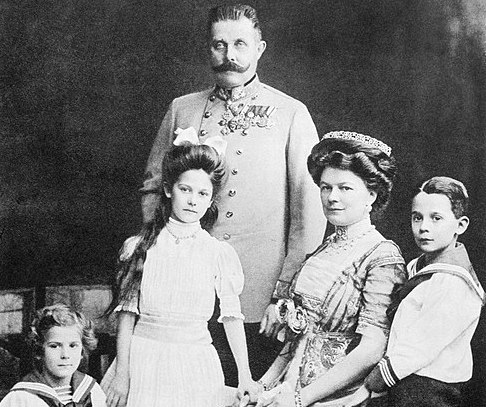This is a good video explaining the start of World War I. The link will take you to the an Encyclopedia Brittanica page about Franz Ferdinand. It’s the first video on the page. It’s entitled, “Witness the beginning of World War I with the assassination of Archduke Franz Ferdinand on June 28, 1914” and is 3:28 (after the ad). I typically show a video like this after in order to reinforce the content after I have explained a historical event. However, if you show this as conversation starter, bell-ringer, or opener, before you show this to your students, explain who the leaders are that are mentioned in the video. For example, the video starts with Kaiser Wilhelm of Germany. Explain briefly that Kaiser Wilhelm was the head of Germany and that Germany had the strongest military in Europe before the war. Also, mention that Germany was aligned with Austria-Hungary, etc. You may even want to write a list of countries and leaders on the board for reference. If you do this, use a chart and use a different column for each “side.”
By the way, just a side note, I do NOT recommend the Biography.com video about Franz Ferdinand. It is very biased and even calls him “stupid and unpleasant” and calls his assassin “studious.” That is NOT an objective video! I don’t deny that he probably wasn’t the most pleasant guy, but a video that uses language that it is clearly not being objective.
Next Class: Access Prior Knowledge
This is a very interesting article including little known facts about Franz Ferdinand. It would be great to go over it at the beginning of the next class as a way to access the students’ prior knowledge and gain their interest. Keep in mind that there are some negative aspects to him (as with any leader) that are discussed in this article. However, remind your students that just because someone is unlikeable or does something you disagree with does not mean that he/she deserve to be killed. I have found that many students often respond with an emotional outburst like “Well, he deserved to be killed!” or “Serves him right!” Use instances like that to reinforce the value of every human life, and remind students of how they would want to be treated by those who thought little of them.

